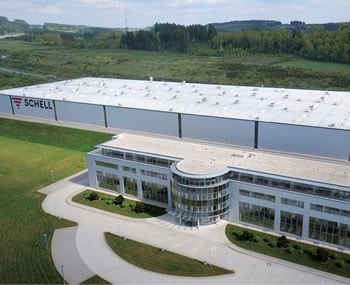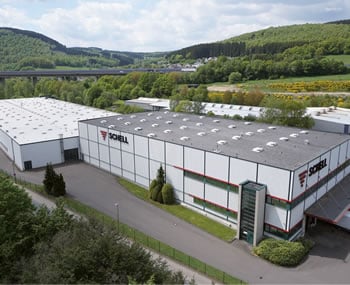The SCHELL SWS Water Management System is a useful instrument for improving energy efficiency in buildings. SWS can be used to implement many of DEHOGA’s recommended measures and can also output calculated water consumption figures, for example. SWS can either be used as a standalone solution or integrated into the central building control system by means of gateways. SWS also offers a great degree of flexibility for accessing networked fittings. Hotel operators can adjust parameters to their requirements while distinguishing between occupied and unoccupied hotel rooms. If two rooms are currently occupied, with an unoccupied room between them that should be flushed automatically, SWS can control the affected fittings individually. Accordingly, guests in their hotel rooms are not disturbed by a flushing operation that is required in the unoccupied room.
In 2023, a brand-new version of the German Drinking Water Ordinance (TrinkW) was published. This law’s Legionella provisions can be used to identify specific actions to take by building operators. In 2023, a brand-new version of the German Drinking Water Ordinance was published. This law’s Legionella provisions can be used to identify specific actions to take by building operators. Alongside reactive measures for tackling cases of Legionella, much greater importance is now attached to prevention. Hotel operators can take this opportunity to design their drinking water installations for low-cost energy efficiency and incorporate SWS to improve drinking water hygiene on their premises. SWS helps hotel managers to operate their drinking water installation hygienically while logging all activities taken to maintain drinking water quality as required by law, especially during seasonal fluctuations in capacity utilisation.
SWS ensures all SCHELL fittings in a hotel are networked, controlled and managed – and even offers remote access at any time, thanks to its browser-based add-in, the SMART.SWS online service. SWS uses automated stagnation flushes to help maintain drinking water quality. By grouping fittings together and therefore ensuring concurrencies, these flushes can also simulate the specified normal operation of a drinking water installation. With the option of assigning fittings to groups, stagnation flushes can be triggered across multiple fittings at the same, preconfigured point in time, simulating normal operation of the installation. Thanks to SWS, stagnation flushes can also be logged, and predictive maintenance – also in guest bedrooms – planned easily and effectively.
If needed, settings can even be adjusted for each fitting individually. These automated processes save time and cut costs, and offer hotel owners valuable support for keeping their drinking water installation operations legally compliant. The use of SWS has a decisively positive impact on water and energy consumption, and therefore also on building efficiency.

![[Translate to English:] [Translate to English:]](/fileadmin/_processed_/1/b/csm_symstemloesungen_e2_thumb_6bca267f26.jpg)
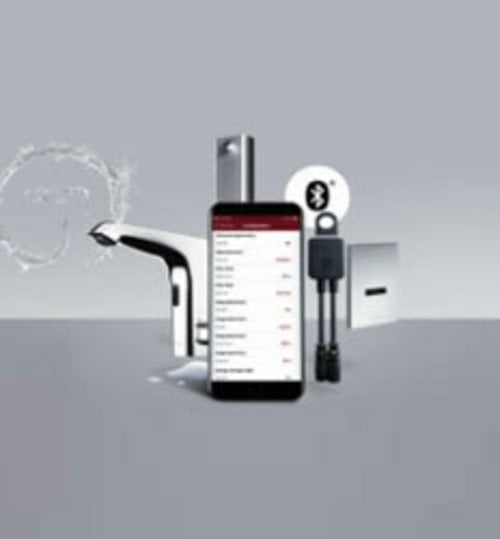
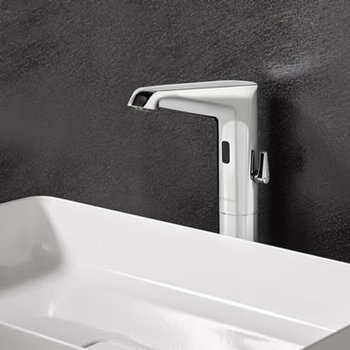
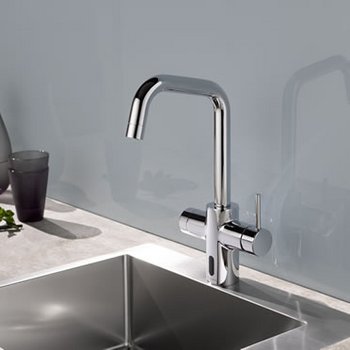
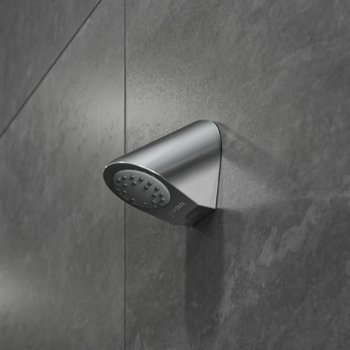
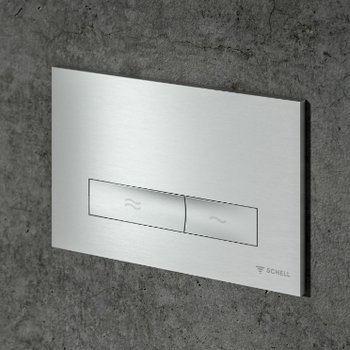
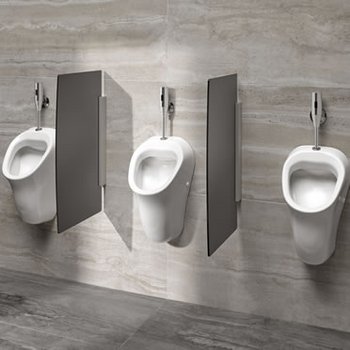
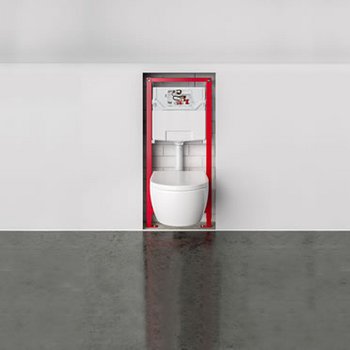
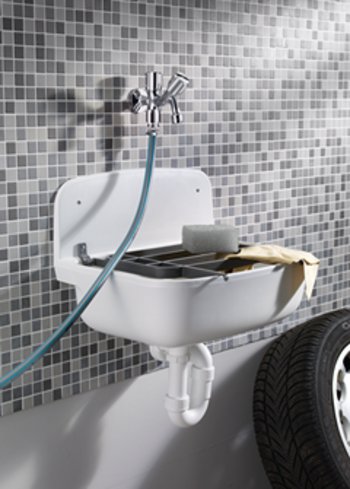
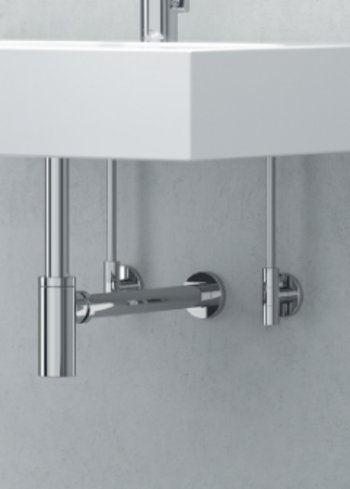
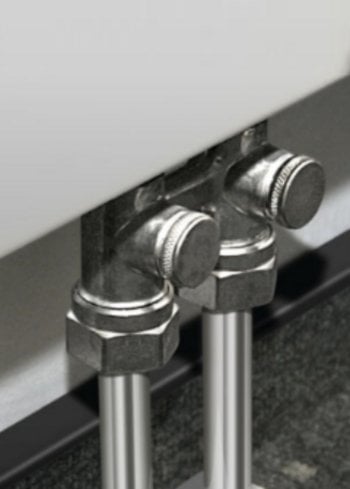
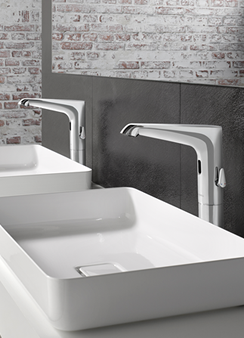
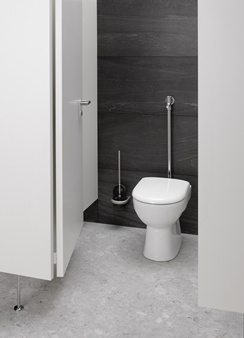
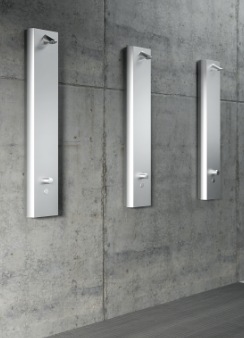
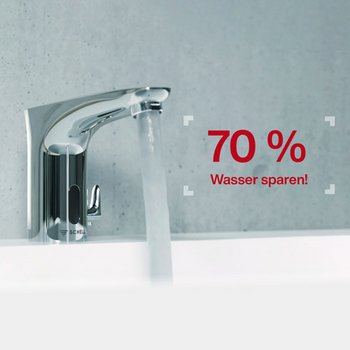
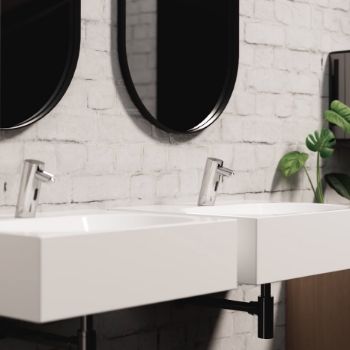


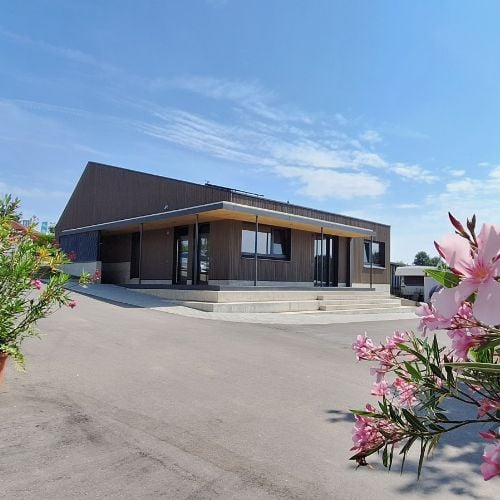
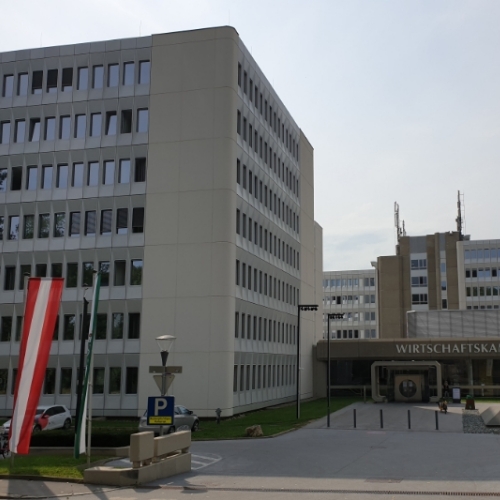
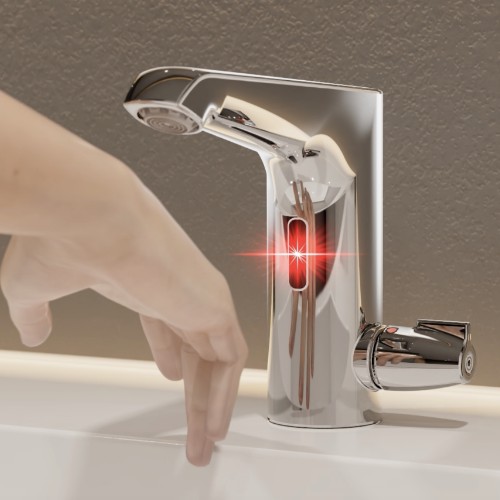
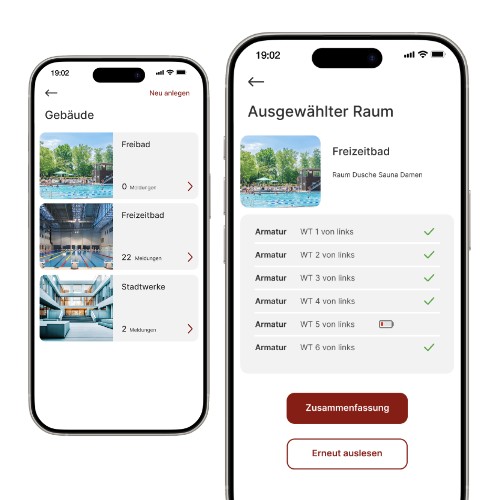
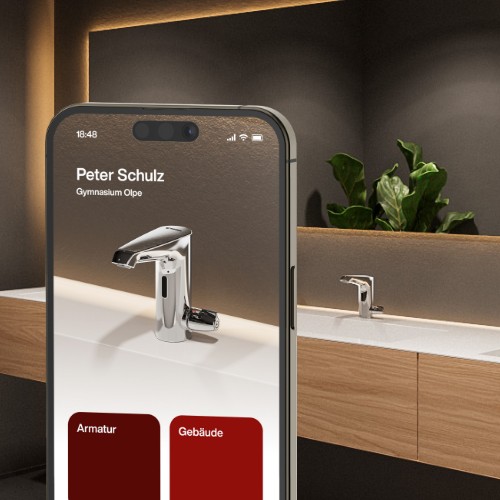
![[Translate to English:] [Translate to English:]](/fileadmin/user_upload/images/menu/menu_service_downloads_broschueren.jpg)
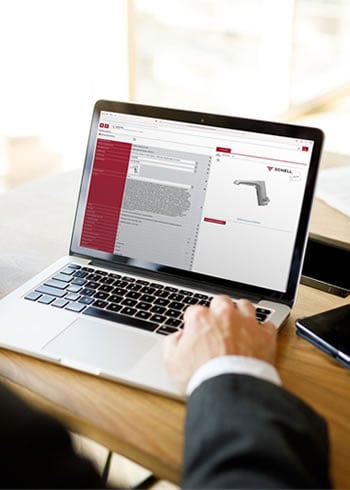
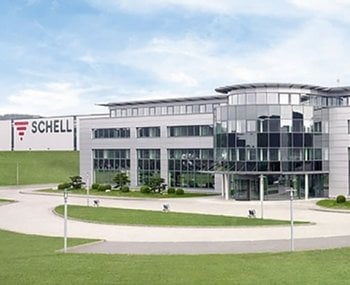


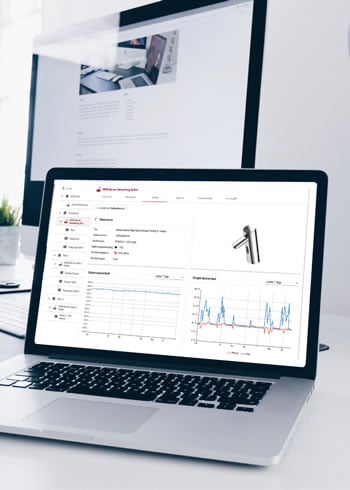

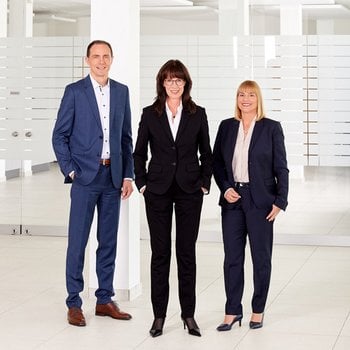
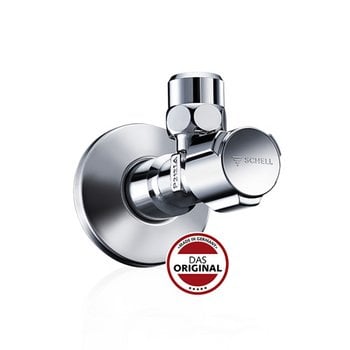
![[Translate to English:] [Translate to English:]](/fileadmin/_processed_/7/7/csm_menu_unternehmen_ueber-schell_awards_f6cec25b1d.jpg)
![[Translate to English:] [Translate to English:]](/fileadmin/_processed_/a/0/csm_menu_unternehmen_ueber-schell_wasser-sparen_41036d2dd9.jpg)


